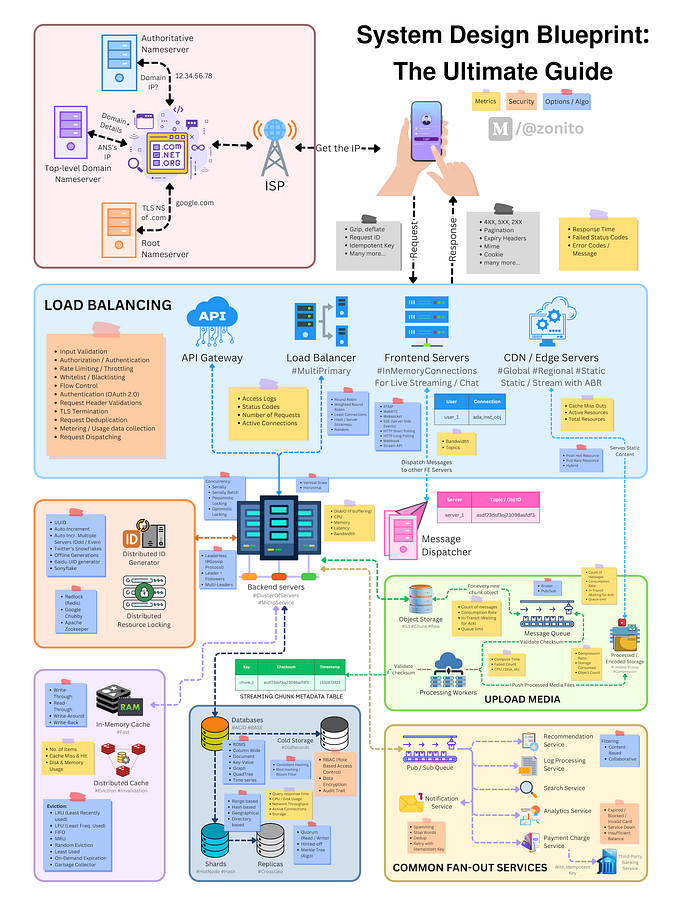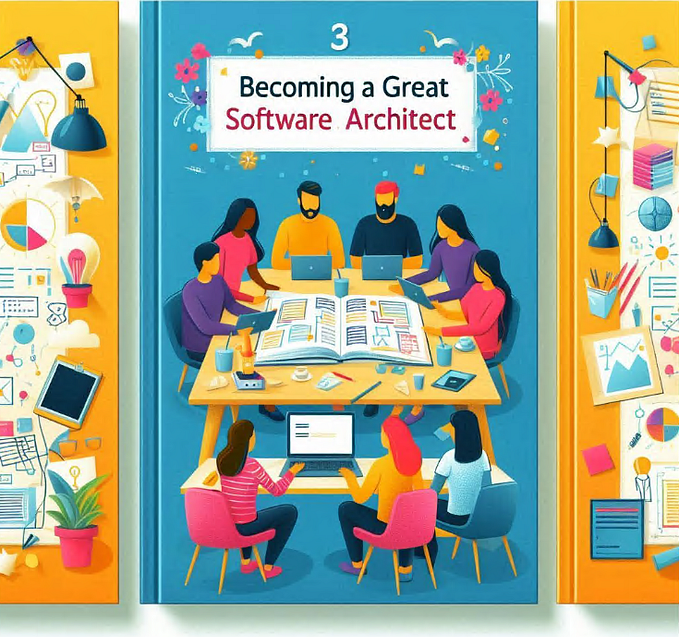What are Microservices and what are their benefits?
Are microservices the right architecture for your application?
Monolithic architecture is a very popular, traditional model of software design. It usually encompasses all the business activities for a single application, requires a lot less time and effort to build and deploy, however it is difficult to scale.
When the business changes, the requirements grow, the monolith can become inflexible to the point of risking losing agility. Developers are usually intimidated by such a big code base and slowed down a lot due to the decreasing code quality.
Ability to react, make changes and maintain software is a challenge and a top priority for every company. Digitalization and digital transformation affects all businesses, thus for companies which operate on a software that is getting too big to deal with (both in terms of the architecture and developers team growth) there is a solution: migrating to microservices architecture.
What are microservices?
Time for a history lesson. Microservices are the evolution of the past trends in software development that we could observe since the beginning of the 1980s. Back then Sun Microsystems introduced the first major systems distribution technology: Remote Procedure Calls (RPC). Later came DCE and CORBA. They made remote calls transparent, so developers could start building scalable, larger machine-crossing systems. These and more advancements in tech up to the year 2000 led Martin Fowler to make three observations from which the microservices concept originated:
1. Just because something can be distributed doesn’t mean it should be distributed.
2. Trying to make a distributed call act like a local call always ends in tears.
3. Whenever possible, your programs and their runtime environments should be entirely self-contained.
Here is a full story of the impact of past software design patterns on the creation of microservices.
In microservices approach every piece of software is small enough to focus on a single purpose and big enough to add value as a component. All software components are responsible for different, but well-encapsulated domain areas, and they communicate with each-other using an API.
Such architecture allows software developers to speed up changes and make them less risky. When using microservices, you can add critical functionality easier and be more responsive to ever-changing market environment. It’s a blueprint for success a modern data-driven business needs.

Is microservices architecture right for your application?
What are the signs you might need transitioning to microservices architecture?
You see performance issues
Do you experience lengthening of time to ship and your developers need more and more time when debugging code and performing maintenance? Is handling errors and fault-tolerance a problem? These are the signs that your software application is hitting a bottleneck.
The code quality and the whole application suffer
When it’s hard to maintain a modular structure, you slowly end up with spaghetti code. Working with it is daunting. Not only the codebase is too large and hard to understand, also serious failures on one component can bring down the whole application.
Your development team is too large
Remember the “two pizza rule”? If your software team can’t be fed with two pizzas, it’s too big. When you need more and more developers in order to maintain your application, maybe it’s time to think of some major changes in its architecture? Good developers are scarce and valuable, and so is their time spent on deploying and maintaining software. It is up to you to decide which type of architecture to use for your next project. But if you’re still at a loss, we will gladly help you make the best choice.
5 undeniable business benefits of microservices
- Business agility — microservices are easy to scale and are super fault-tolerant if deployed the right way. By making sure you have a proper test coverage with Unit tests, Service / API tests and End to End tests of the integrated systems your business is safe and sound with this software architecture.
- Software functionalities organized around business needs — microservices allow building products instead of projects. Developers team focuses on building business functionality organized around business capabilities instead of just writing code for “the project”.
- Autonomous and agile developer teams — each team member is responsible for a particular service which results in building a smart, cross-functional team. There is clear ownership of work with clear division of responsibilities.
- Productivity boost — no spaghetti code! Microservices tackles the problem of productivity and speed by decomposing applications into manageable services that are faster to develop and transparent for developers.
- Future-proof software — technology changes so fast businesses need to be ready to catch up in order to remain competitive in their markets. Whenever there is a need to change the technology or a programming language, you only need to rewrite a particular service since all microservices are independent of each other.
How to modernize software application right?
The main reason to adopt microservices is that it enables companies to continuously deliver large applications and respond to market quickly. How to introduce microservices? Some may say it’s better to do it when implementing brand-new distributed software projects, however Martin Fowler, the father of the concept, says: “ you shouldn’t start a new project with microservices, even if you’re sure your application will be big enough to make it worthwhile. ”
Actually the Red Hat Microservices Survey supports this:
- the same number of companies is using microservices when deploying them to re-architect legacy applications;
- a third of organizations achieve advantages within two to six months since the first deploy.
At the start of your microservices project make sure you spent enough time on planning its architecture. Think of how to break down functionalities and how to plan dependencies. Think of how to size your microservices. Too big ones can resemble monoliths and too small ones can have too complicated dependencies.
Implementing a perfect microservices-based system is not an easy task. And thinking that a sprinkle of microservices will solve all of your development problems can end up in disappointment.
People tend to take shortcuts introducing coupling by using shared code, that at some point makes the system to be in practice a Distributed Monolith. You can find more details about it here: Are you sure you’re using Microservices?
Wrap up
Microservices offer developers independence, resilience and scalability of applications and software architecture’s relationship to business domains. Such software pattern is not the answer and a viable substitute for code quality, standards, and discipline. However, with a good planning and execution within the right use case, it can help us evolve the right tech patterns for our organizations, achieve agility and scalability.
Need a skilled team to reengineer your system and reap the benefits? Contact us here.











